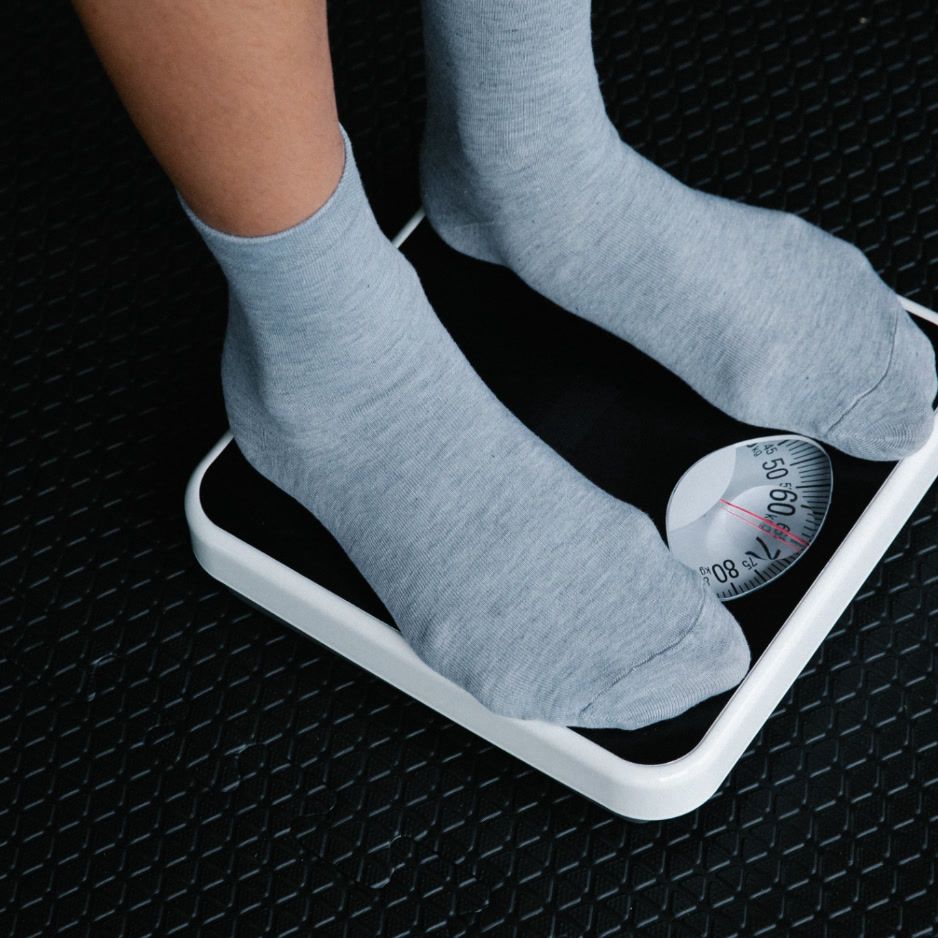The Role of Lactic Acid in Exercise and Recovery

Understanding Lactic Acid and Its Impact on Workouts
People frequently mention acid when talking about working out and recuperating after exercise sessions. It's commonly linked to muscle soreness and feeling tired after a workout; however, there's a deeper aspect to it than just that alone! Knowing more about acid, its impact on performance, and ways to deal with it effectively can enhance your workout regimen and speed up your recovery time.
The Role of Lactic Acid During Workouts
During workouts and vigorous exercises such as sprinting or lifting weights, your muscles require a rapid supply of energy to perform at their best level. This energy is derived from the breakdown of glucose (a form of sugar) through a mechanism known as glycolysis. When there is oxygen present in the body, this process functions effectively. However, during physical activity, your body may struggle to deliver adequate oxygen to your muscles. Here's where lactic acid steps in.
When there's not oxygen available to your body cells for energy production from glucose aerobically, the process shifts to anaerobic mode, generating lactic acid as a side effect. This isn't necessarily bad; it can provide fuel for your muscles, but when it builds up faster than your body can get rid of it, it can result in a burning feeling in your muscles and make you feel tired.

Common Misconceptions About Muscle Soreness
Many people mistakenly believe that muscle soreness is caused by the accumulation of acid in the body when, in fact, it is due to small tears in the muscle fibers after a workout resulting in delayed onset muscle soreness (DOMS). Lactic acid is typically removed from the muscles shortly after you finish exercising.
The Impact of Lactic Acid on Performance
Well then! What impact does lactic acid have on performance exactly? When engaging in physical activity, an increase in lactic acid can cause your muscles to become more acidic by lowering the pH levels within them. This rise in acidity can disrupt muscle movement, result in tiredness, and a decline in performance. Nevertheless, the body is pretty adept at handling acid. Through training, muscles can become more efficient at utilizing lactic acid as an energy source and removing it from the body, potentially enhancing both your stamina and overall performance.
Techniques for Enhancing Workout Recovery
Enhancing workout recovery includes various approaches to regulate lactic acid levels effectively. One beneficial technique is engaging in light physical activity known as active recovery following exercise sessions. Engaging in activities, like walking, cycling, or swimming at a moderate pace can promote better blood circulation to your muscles, facilitating the elimination of excess lactic acid and other waste products generated during metabolic processes.
It's important to stay hydrated because water helps keep your blood flowing and aids in removing lactic acid from your muscles so they can recover faster after exercise. Carefully watching what you eat is also key for recovery. Eating a mix of carbs and proteins post workout can help refuel your energy levels and mend muscle tissue effectively.
Additional Recovery Practices
In addition to exercise and training routines that can benefit your body's recovery process, include stretching and foam rolling exercises that help loosen muscles and enhance blood flow to assist in eliminating acid buildup. Also important is ensuring you get rest and quality sleep, as it plays a crucial role in allowing your body to repair and rejuvenate muscle tissues while aiding in the recovery from physical exertions.
Conclusion: Optimizing Your Exercise Routine
By including these techniques in your regimen, you can improve your lactic acid control for enhanced performance and quicker recovery. Keep in mind that lactic acid is not a foe; it plays a role in your body's energy generation process. By grasping its function and learning to regulate it, you can optimize your exercise routine and reap the rewards without any undue inconvenience.


